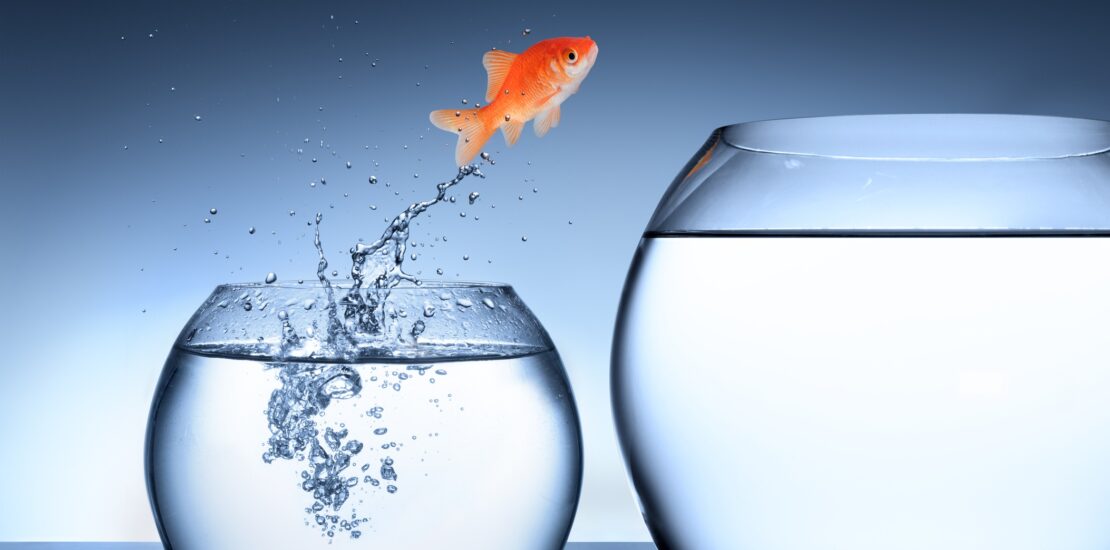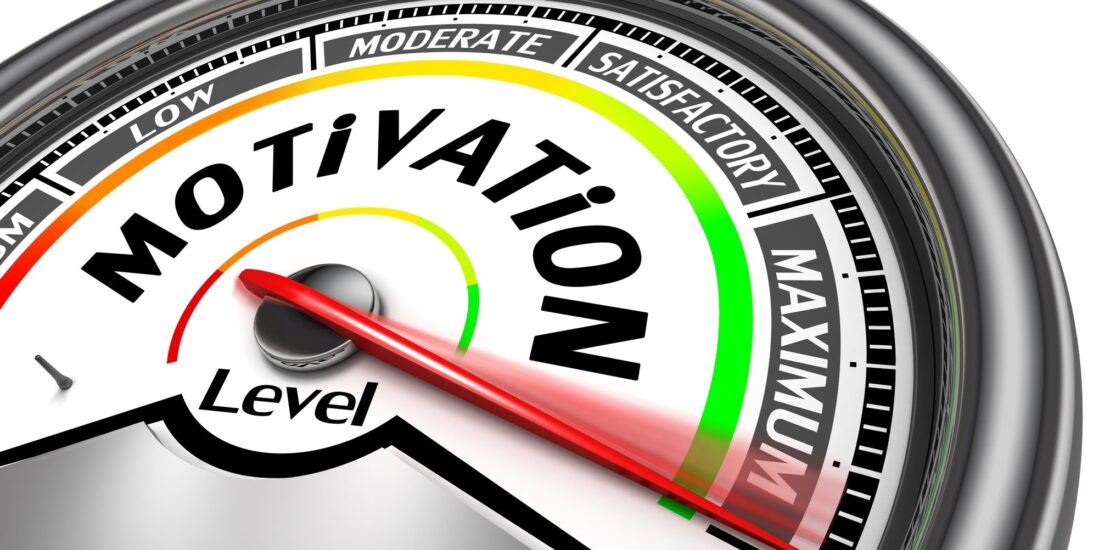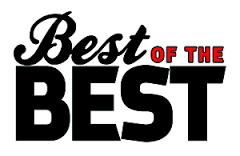sales motivation
-
How to Become More Successful One Day at a Time
- April 13, 2021
- Posted by: Dave Kurlan
- Category: Understanding the Sales Force

You can find inspiration anywhere. Even in a book called, A Year of Playing Catch. Tom Schaff was nice enough to send me a copy of this book and there was the inspiration, right there on page 128. Why would someone from the world of sales care about a page out of a baseball book? I’ll give you fourteen really good reasons. You see, the book is much less about baseball and much more about the following fourteen integral competencies of sales success:
-
Dave Kurlan’s 10 Surefire New Years Resolutions For All Salespeople
- January 3, 2019
- Posted by: Dave Kurlan
- Category: Understanding the Sales Force

I’ve compiled a list of resolutions that all salespeople should make and follow. Some will likely surprise you but they are all necessary to become more successful. Enjoy the 10 most important elements for New Year’s Resolutions That All Salespeople Must Make. Here we go!
-
What Happens When You Force a Square Sales Peg into a Round Sales Hole?
- March 2, 2018
- Posted by: Dave Kurlan
- Category: Understanding the Sales Force

Can you imagine attaching a snow plow to a Lamborghini and hiring yourself out to clear parking lots? Back in April I wrote about our new puppy. Now he’s 1-year old and has grown to 60 pounds, but could you imagine putting a saddle on him and selling rides on the beach? Could you imagine if the US arsenal of nuclear weapons consisted of putting 1,000’s of firecrackers into a plastic cylinder and then saying to North Korea, “try us!”
These are all examples of trying to put a square peg into a round hole – things you just don’t do. And that’s how I felt when I received an email asking how to deal with the following sales challenge.
The reader asked me to write an article explaining how to improve the sales effectiveness of their mostly altruistically motivated salespeople.
-
Why You Should Care That Sales Motivation Data Correlates Perfectly With Sales Effectiveness
- September 13, 2017
- Posted by: Dave Kurlan
- Category: Understanding the Sales Force

I reviewed the data and in the table below you’ll see that extrinsic motivation is most prevalent in the top group of salespeople while altruistic motivation is most prevalent in the lowest group of salespeople.
-
What We Can Learn from the Latest Data on Sales Motivation
- July 25, 2017
- Posted by: Dave Kurlan
- Category: Understanding the Sales Force

Sales Motivation is just one of the 21 Sales Core Competencies that we measure, but as with all of the competencies, we go very deep.
-
The Future of Selling – Understanding This Crucial Sales Competency is More Important Than Ever
- April 12, 2017
- Posted by: Dave Kurlan
- Category: Understanding the Sales Force

Sales Motivation is one competency where the changes have been dramatic over a very short period of time and today I want to share those changes, as well as how the changes impact salespeople, sales leaders and sales organizations.
-
How to Eliminate the Need for Sales Motivation, Accountability and More!
- April 10, 2017
- Posted by: Kurlan & Associates, Inc.
- Category: Understanding the Sales Force

What if I told you there was a way to completely eliminate the need to manage the pipeline, motivate, recruit and hold salespeople accountable? There is and I’m going to share it with you!
-
What it Takes to be an Elite (Top 7%) Salesperson
- October 11, 2016
- Posted by: Dave Kurlan
- Category: Understanding the Sales Force

Last week I received a call from a young, motivated salesperson – we’ll call him Jim – who desperately wanted to be one of the elite 7% of all salespeople. Despite being just 26 years old, he believed that he was already in the top 7%. During our call, he asked me a great question. He asked, “How many of the top 7% have you actually met and where are they today?” I didn’t have to think very long or hard to answer that question because it was one of the easiest questions I have ever been asked.
-
How Boomers and Millennials Differ in Sales
- May 18, 2016
- Posted by: Dave Kurlan
- Category: Understanding the Sales Force

I hate this article already – the last thing we need is another article to help us to understand Millennials. Except for one thing. Most of you reading this are Millennials and you probably need to better understand boomers.
-
How Coyotes are at the Heart of Sales Motivation
- April 21, 2016
- Posted by: Dave Kurlan
- Category: Understanding the Sales Force

My family lives west of Boston where it is not uncommon for us to see lots of squirrels, chipmunks, rabbits, deer, the family of foxes that live on our property, and on most nights, we hear coyotes. We usually hear them in the early morning hours, and always thought they were celebrating a kill. Recently, I did some research and learned that this is how coyotes greet each other when they are assembling before going out to hunt – before the kill! For those of you who don’t live in or alongside a forest, a group of wild coyotes usually looks and sounds just like in this 1-minute video that I found on YouTube. That got me thinking about the connection to sales motivation and more.

